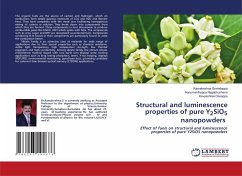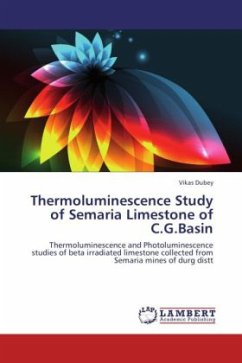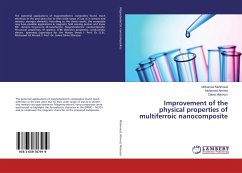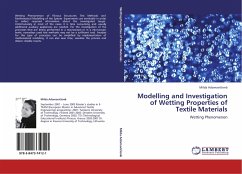The organic fuels are the source of carbon and hydrogen, which on combustion form simple gaseous molecules of CO2 and H2O and liberate heat. They form complexes with the metal ions facilitating homogenous mixing of cations in solution. They break down into components from which they are formed. These components in turn decompose to produce combustible gases like HNCO, NH3 which ignite with NOx. The compounds such as urea, sugar and DFH are recognized as potential fuels. Compounds containing N-N bonds in their components are particularly found to assist the combustion better. Silicate family is an attractive class of materials for wide range of applications due to their special properties such as chemical resistance, visible light transparency, high temperature strength, low thermal expansion and high conductivity. Among silicate family, the yttrium silicate (Y2SiO5)host material doped with rare earth ions displays some exciting applications such as long lasting phosphors, lasers,X-ray imaging, displays (PDP,FPD), environmental monitoring, good laser host, promising candidate for coherent time domain optical memory (CTDOM) applications.








